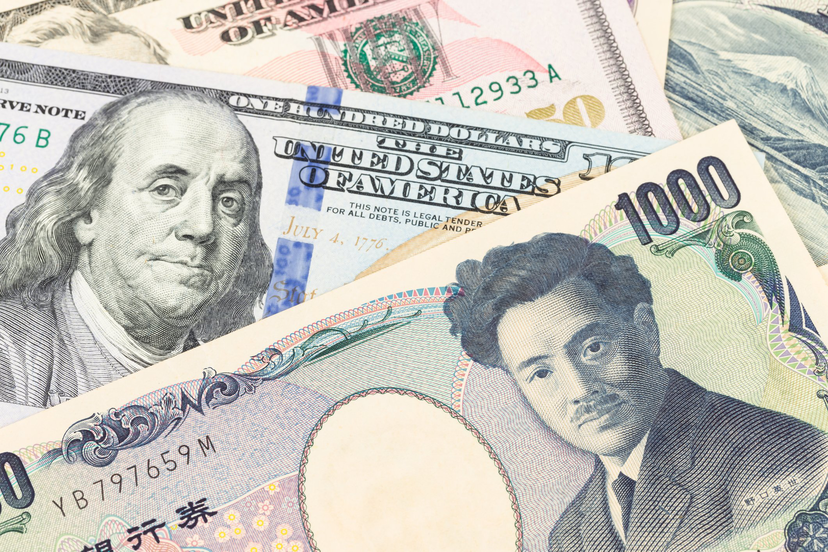
Japanese Yen and U.S. dollar banknotes are seen in this illustration taken .image credit: market rights
Friday saw dollar weakness as investors braced for Jackson Hole address by Federal Reserve Chair Jerome Powell, while the yen topped other currencies in gains following hawkish stance reaffirmation by Bank of Japan (BOJ) Governor Kazuo Ueda.
At the meeting of the world’s leading monetary policymakers at Jackson Hole, Wyoming, central bankers will play a pivotal role in determining the direction of financial markets in the days ahead.
On Friday, the yen was one of the most active currencies, jumping 0.3% to 145.82 per dollar, following Ueda’s reiteration of his intention to hike rates if inflation remains on track to sustainably reach the 2% target.
According to Vasu Menon, managing director of investment strategy at OCBC, “His (Ueda) comments suggest that market turbulence won’t deter the BOJ from considering more rate hikes in the future even if the next move isn’t imminent.” He quoted Ueda as saying this.
As long as the move in the dollar-yen is orderly and gradual, this should not rattle global markets as much as it did earlier this month.”
While addressing parliament, Ueda cautioned that the continued nervousness in the markets could impact the inflation predictions made by the central bank. He was summoned to explain the Bank of Japan’s decision to hike rates in July.
Early in August, a worldwide selloff was set in motion by concerns about a potential U.S. recession and the huge unwind of carry trades backed by the yen caused by the BOJ’s rate hike. But most markets have made a full recovery since then.
Close to the 2024 low of 100.92 that it reached on Wednesday, the dollar index—which measures the greenback vs six major peers—was 0.11% weaker at 101.37. This will be the fifth consecutive week that the index has fallen.
Market participants will be watching Powell’s speech at the annual Jackson Hole research conference of the Kansas City Fed at 10 a.m. EDT (1400 GMT) to get a sense of the extent to which U.S. borrowing costs may fall in the near future.
Thanks to traders hesitating on a large 50 bps cut, the CME FedWatch tool revealed that markets are now pricing in a 76% possibility of a 25 bps decrease at the September meeting.
The market is being excessively aggressive, according to some experts, who may be let down if Powell is careful and sticks to his plan of 100 basis points of reduction over the next three sessions.
Orla Garvey, a senior fixed income portfolio manager at Federated Hermes, noted that Powell is unlikely to mention a 25 bps drop compared to a 50 bps cut considering what could happen in September.
“But if he’s perceived as being dovish, that is very supportive for the broader markets and could lead to more curve steepening in the U.S. because the data has been losing momentum for quite a while now and it hasn’t been acknowledged by the market and the Fed.”
Last week, the euro gained 0.1% to $1.1123, close to the 13-month high it reached on Wednesday, and sterling gained 0.2% to $1.3125, just below the 13-month peak it reached on Thursday.
As a result of better mood regarding personal finances and large expenditures, British consumer confidence remained at an almost three-year high in August, according to a study. This adds to the good signals in the wider economy.












































Comment Template